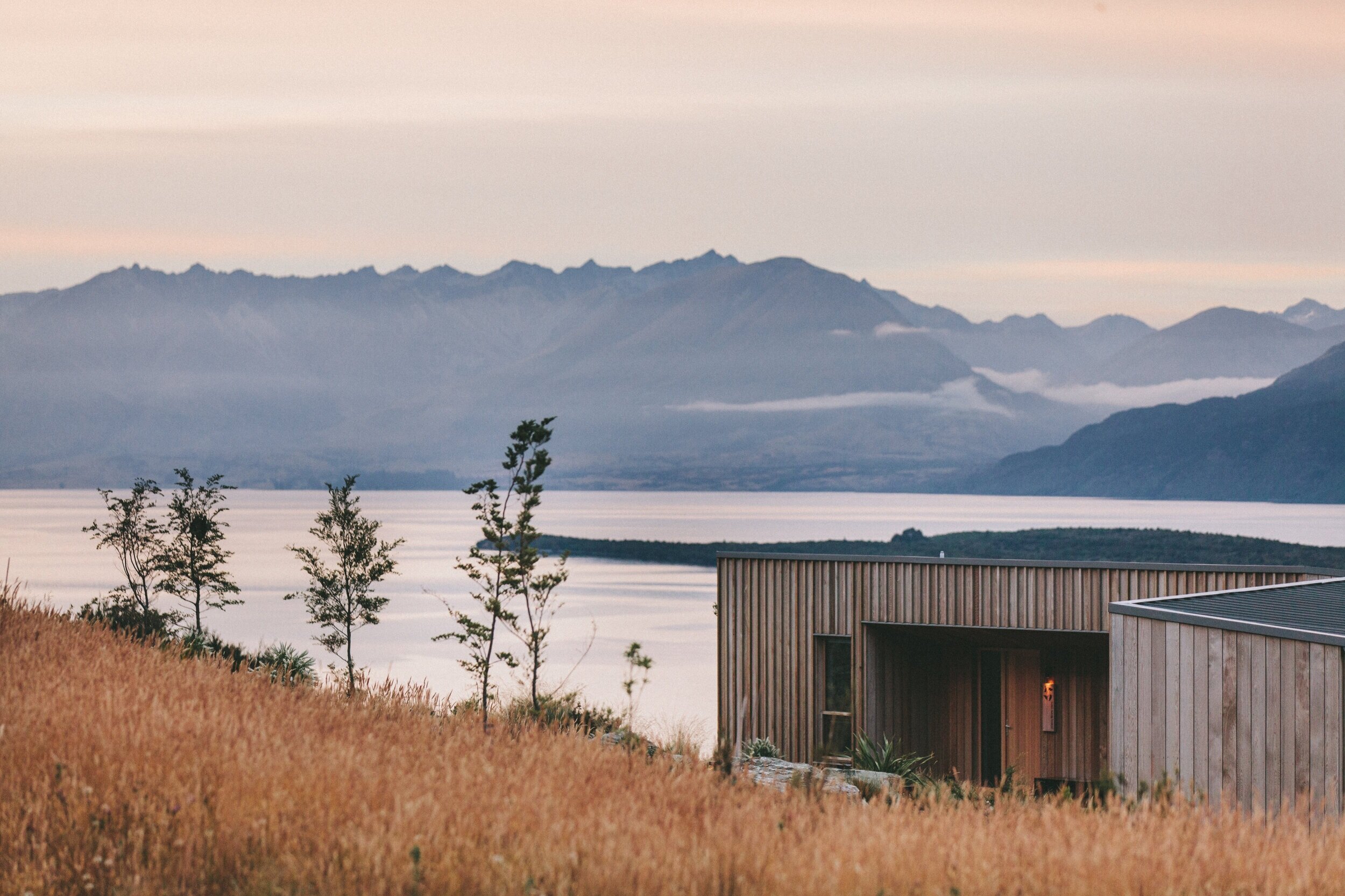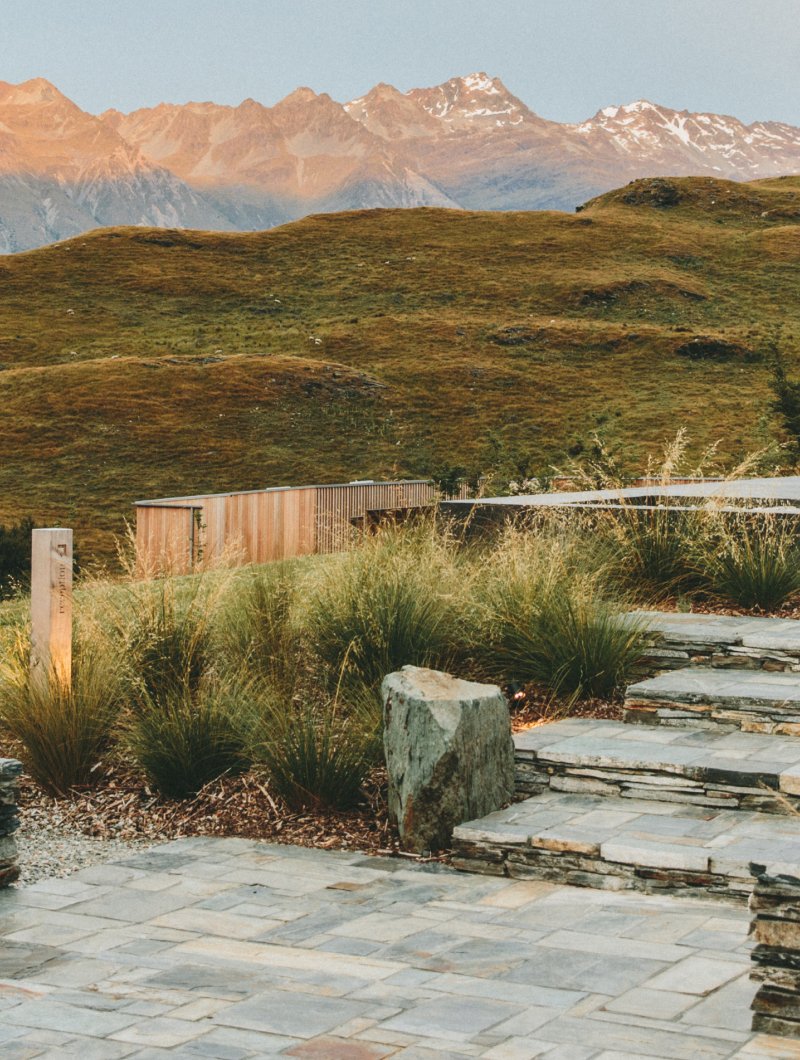Know your microbial communities - and how to make them work for you!
Mermaid SeaSystems is an industrial microbiology company with facilities in Denmark and Canada. Our biotechnology is based on a scalable, flexible and agile three-step process that is patent-protected.
1. We locate naturally-occurring microbial communities in locations or settings of interest to our clients, and collect them for enrichment and activation (or enhancement) of capacity and functionality.
2. We cultivate these communities, and make beneficial consortia that produce or synthesise useful or valuable compounds in some situations, or remove or degrade undesirable or harmful compounds in other situations, depending on application or use-case.
3. We package and deliver these consortia to meet needs our clients have in water or wet environments. They are stable, resilient, robust and persistant, compared to single strains of bacteria or assembled communities.
Our Story
Our story began in 2015. One of our founders, after many years of field work and time-at-sea in the Arctic and Northern environments, wondered if naturally-occurring microbial communities in the Beaufort Sea could be used to clean up oil spills or remediate impacts of hydrocarbon compounds in coastal waters.
These communities are well-adapted to variable salinity, temperature, turbidity, and light-level conditions. They have been exposed to, and conditioned by, hydrocarbons that enter the Beaufort Sea from natural sources, including the Mackenzie River, its tributaries, and petroleum reservoirs under the continental shelf.
His company in Canada, and two companies in Denmark, decided to establish Mermaid SeaSystems to pursue the commercial potential of microbial communities, develop applications for using these communities in a practical and sustainable way, take these applications to market, and contribute to society in a positive, beneficial manner.
Our Biotechnology
At the heart of our company is our expertise involving microbiology and water environments. Our foundation technology, known as "Platform Process," is defined by its scalability, flexibility, versatility, and robustness. It enables us to develop specialized consortia from natural microbial communities, which are used for various purposes: producing valuable compounds or breaking down harmful, toxic, or unwanted substances.
First Use-Case: Hydrocarbon Biodegradation
Our first application of the Platform Process targets the biodegradation of hydrocarbon compounds, often released into marine and freshwater environments through oil spills. Our "active biological countermeasures" have undergone rigorous validation, with successful tests and scale-up operations in Norway and Canada. We've managed to scale our technology from small bench-top experiments to large-scale deployments involving 200-liter barrels and cubic-meter tanks in outdoor settings. This demonstrates our ability to offer effective hydrocarbon remediation solutions for ports and harbors following minor oil spills.
Second Use-Case: Aquaculture Water Quality
Our second major initiative uses the Platform Process to enhance water quality in recirculating aquaculture systems, focusing on removing off-flavor compounds like geosmin and 2-methylisoborneol, as well as cortisol—a proxy for harmful glucocorticoids. In a comprehensive trial at a trout fish farm in Denmark, we successfully implemented a tandem biofilter system in a 1200 m³ grow-out tank. This system processed up to 500 m³ of water daily, effectively removing the targeted compounds over five weeks. This not only supports healthier, more viable aquaculture environments but also has implications for raw water treatment in lakes and reservoirs used for drinking supplies, especially in regions like Singapore, Canada, Europe, and the United States known for water taste and odor issues.
Exploring New Frontiers: Bio-Hydrogen Production
We are also advancing in the production of bio-hydrogen from agricultural and food waste. This promising area of our Platform Process aims to provide sustainable energy solutions for heating, cooling, and power generation, helping to reduce the carbon footprint of industrial facilities. Our work extends to bio-gas production, including bio-methane and hythane, with significant developments anticipated soon. Through international collaborations, we leverage cutting-edge infrastructure and expertise to bring these innovative solutions to market.
Why Mermaid?
Early prototypes of our technology used water samples collected at different times of year from Copenhagen Harbour, near the current location of Den lille havfrue, the famous sculpture by Edvard Eriksen, donated to the City of Copenhagen by Carl Jacobsen in 1913. The mermaid’s story, written by Hans Christian Andersen in 1836, though bleak and sad, is a powerful lesson about determination, virtue and persistence in the face of peril and adversity that continues to resonate today.
We know what we are good at, who to team with, and how to grow. Our mission is disruptive innovation with naturally-occurring communities. We design, develop, validate and implement microbial solutions for complex challenges in operational settings that are practical, robust, effective, and fit-for-purpose. These solutions are taken from proof-of-concept to prototype to proof-of-value at commercial scale, involving science and engineering that is sound, thorough and comprehensive throughout.






